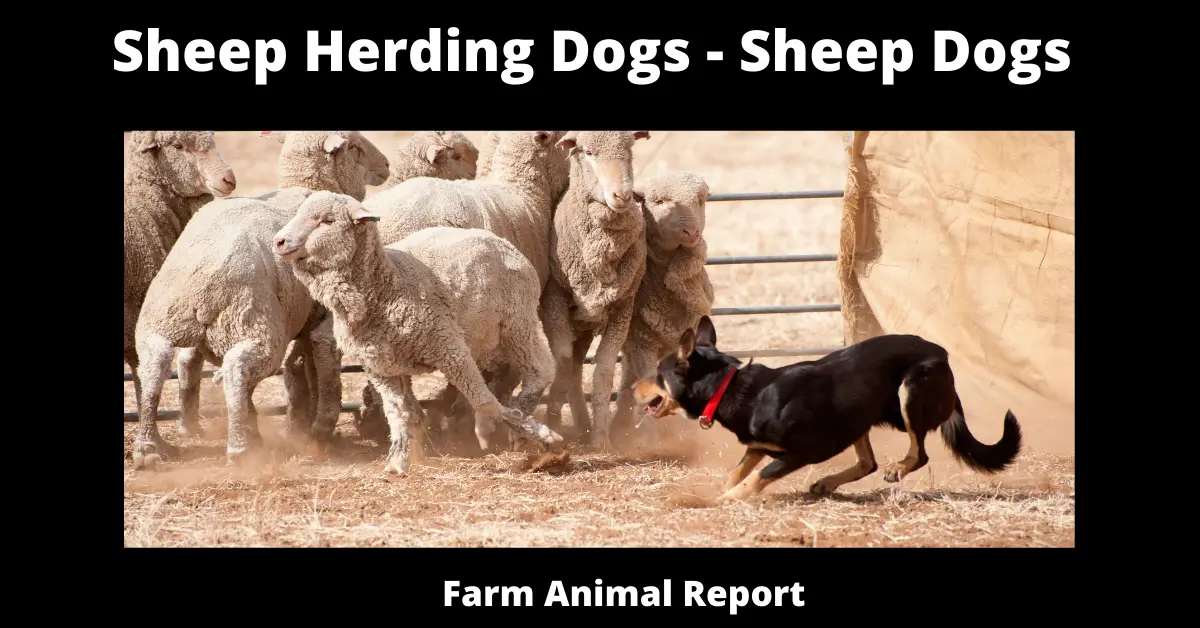- Australian Shepherd
- Border Collies
- Belgian Malinois
- Belgian Sheepdogs
- Cardigan Welsh Corgis
- German Shepherd
- Polish Lowland Sheepdog
- Shetland Sheepdogs
Sheep Herding Dogs
As a general rule A herding dog, also known as a shepherd dog, stock dog, or working dog, is a breed of dog that has been taught in Herding or is explicitly bred for Herding. Herding dogs have been utilized by humans since the Neolithic period, over 10,000 years ago. When gathering, holding, and transporting sheep, a well-trained herding dog can save a shepherd a lot of time and effort. A poorly trained herding dog, on the other hand, will cause more harm than good and put the sheep under a lot of stress.
Sheep Herding Dogs – Any canine breed bred to herd sheep is known as a sheepdog, and the Border collie is one of them. The majority of sheepdog breeds stand about 2 feet (60 cm) tall and weigh more than 48-50 pounds (23.5 kg).
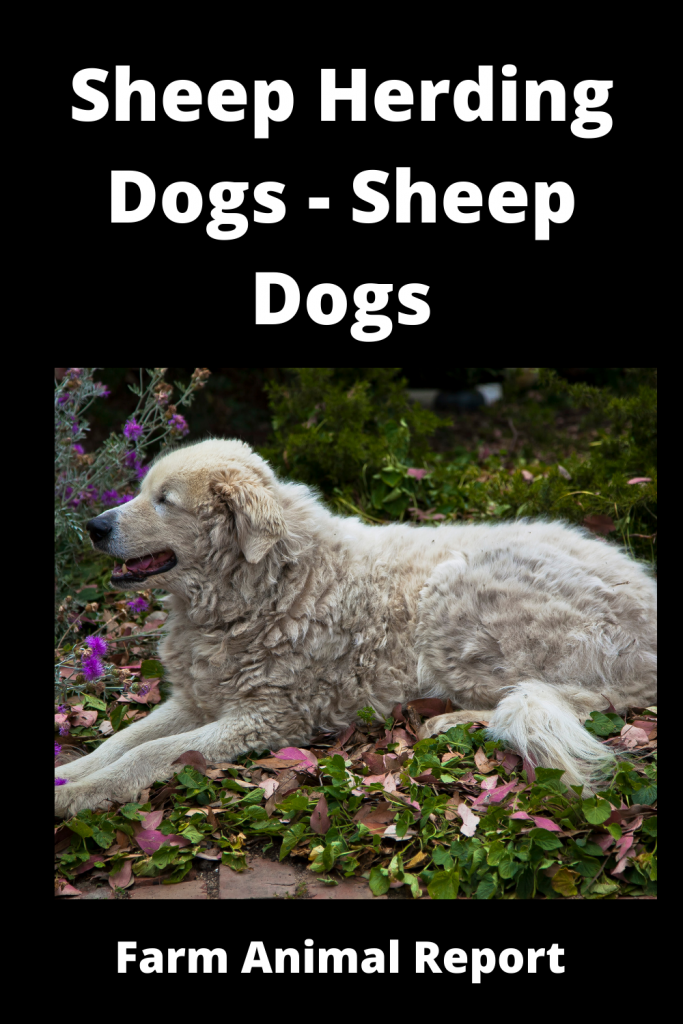
History of Sheep Herding with Dogs
Sheep Herding Dogs – Herding dogs have been utilized by humans since the Neolithic period, over 10,000 years ago. It’s possible that their first job was to gather wild animals during hunts, making it easier for humans to dispatch the prey. Canines have been bred for thousands of years to fit local conditions and demands on every inhabited continent.
Certain dog breeds became connected with the people, clans, towns, and places where they were formed over time. However, popular species as we know them did not emerge until the nineteenth century, when class-conscious British pet owners and livestock owners were fascinated with documenting the pedigrees of their animals.
Scotland in the Nineteenth Century
A Northumberland man in Scotland mixed several breeds in the late 1800s to make his ideal herding dog. This canine was lean, athletic, and intelligent, and it relied on a predator’s posture and intense eye contact to complete its job rather than force. It was great for herding sheep in Scotland’s rough, mountainous border territory with England. As a result, it was given the name Border Collie. Many Scottish shepherds traveled to America with their flocks, bringing these black-and-white dogs with them.
America at the turn of the Century
Approximately 36 million sheep grazed the open ranges of the United States from the late nineteenth century to 1942. Although Scots played a role, the majority of foreign shepherds were of Basque descent. Basques, like the Scots, live on the border between southern France and northern Spain, in the Pyrenees Mountains. Their bobtail dogs followed them west, laying the groundwork for the Australian Shepherd, the iconic Western farm dog. On the other hand, this term is a historical accident; it originates from the fact that Basques also emigrated from Australia, often accompanying sheep herds.
Best Breeds for Sheep Herding with Dogs?
1. Australian Shepherd
The Australian Shepherd is a dog that originated in the United States and gained popularity by performing stunts in rodeos. They’re bright, passionate, and adaptable, and they require regular action and a sense of purpose in order to feel fulfilled. Their supporters refer to them as “Aussies,” and they are great competitors in Herding, obedience, and agility sports.
Australian Shepherds’ intellect, drive, and stamina provide them with the abilities and disposition to aid in search and rescue missions, detection, or as hearing, therapy, or service dogs.
This medium-sized, high-energy breed can reach a weight of 40-65 pounds and lives for 12-15 years on average. The American Kennel Club recognizes the breed and categorizes it as a member of the Herding group.
2. Border Collie
If you’re looking for an intelligent dog, Border Collies may be the smartest of all. These four-legged eggheads have been dubbed the game’s sharpest canines. The word “border” refers to their origins: these pups were bred to herd sheep in the Scottish-English border region.
On the other hand, Border Collies aren’t your average herders: they use a soul-piercing gaze to demonstrate they’re in command. These dogs are swift and can run all day since they are built to maneuver close to the ground.
This medium-sized, high-energy breed can reach a weight of 27-45 pounds and live for 10-17 years on average. The American Kennel Club recognizes the breed and categorizes it as a member of the Herding group.
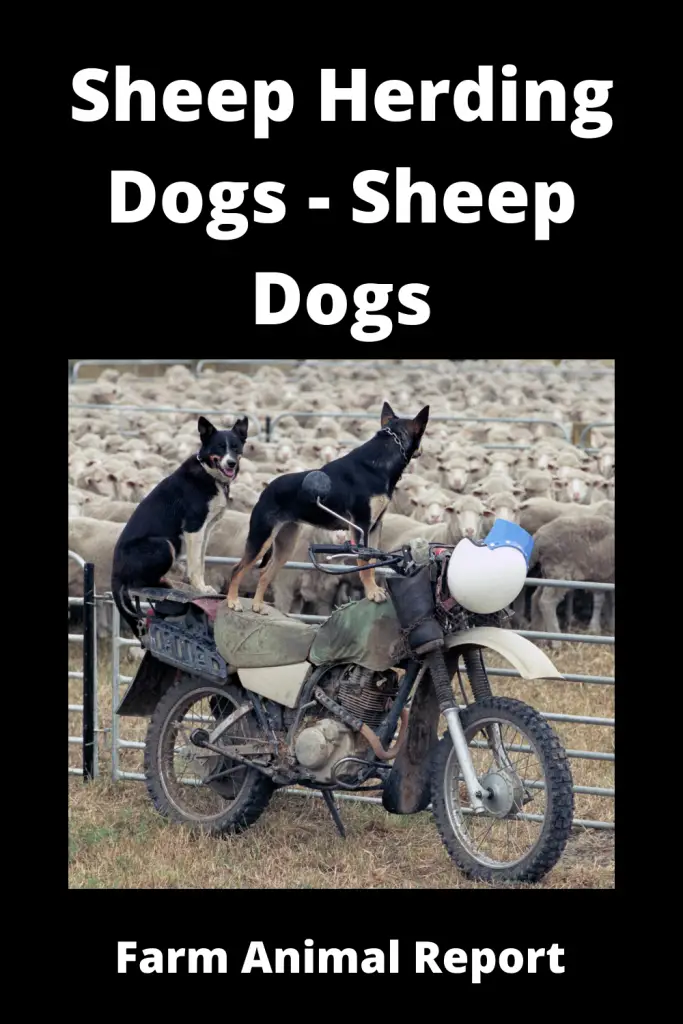
3. Belgian Malinois
Belgian Malinois, or “Mals,” as their lovers refer to them, are driven and clever dogs. They’ve become the dog of choice for military and police enforcement personnel. Some work as bomb sniffers in Iraq and Afghanistan, and one is said to have accompanied Osama bin Laden’s assassination by the Navy Seals. They get their name from Maline, Belgium, where they were initially grown.
This vast, high-energy breed can weigh between 40 and 80 pounds and lives for 14 to 16 years on average. The American Kennel Club recognizes the breed and categorizes it as a member of the Herding group.
4. Belgian Sheepdog
Belgian Sheepdogs served on the battlefield during World War II, carrying messages, tending to the injured, and even dragging machine guns. It’s no surprise that this brave canine has been designated as Belgium’s national dog breed!
Belgian Sheepdogs are now renowned for their abilities in tracking, Herding, and obedience training. They make excellent therapy, service, guide, and search and rescue dogs, among other things.
This medium-sized, high-energy breed can weigh 45-75 pounds and live for 12-14 years on average. The American Kennel Club recognizes the breed and categorizes it as a member of the Herding group.
5. Cardigan Welsh Corgi
Cardigan Welsh Corgis are adorable, and a lot of fun, and they have a lot of personality for such a small dog. These squat, powerful, and lengthy dogs are a relatively uncommon breed. They’re also noted for being a little more stubborn than their Pembroke (tailless) Corgi counterparts.
These courageous and lively puppies are herding dogs, the group’s shortest members. Some serve as therapy dogs instead of herding livestock, herding people’s emotions.
Originally from Wales, this medium-sized, medium-energy breed can reach a weight of 25-38 pounds and live for 12-15 years on average. The American Kennel Club recognizes the breed and categorizes it as a member of the Herding group.
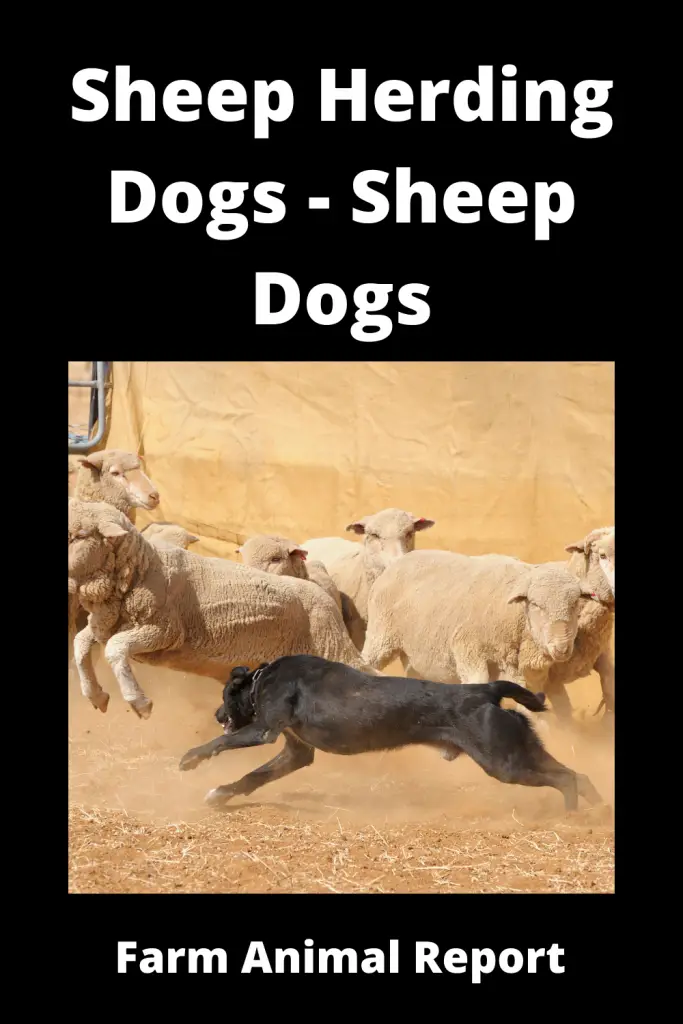
6. German Shepherd
German Shepherd Dogs were first bred to be the best herding dogs on the planet. They’re designed for endurance, speed, independent thought, and obedience. Many continue to work as herders, but their bravery, strength, fierceness, and kindness make them an excellent choice for disciplined families.
In the United States of America, this versatile dog is one of the most popular breeds. German Shepherd Dogs are also famous in the fields of vision, military, service, and law enforcement. These are some of the most clever dogs on the planet.
This large, medium-energy breed, which originated in Germany, can weigh 75-95 pounds and live for 10-12 years on average. The American Kennel Club recognizes the breed and categorizes it as a member of the Herding group.
7. Polish Lowland Sheepdog
If you half the size of an Old English Sheepdog, the outcome looks a lot like a Polish Lowland Sheepdog. Until she goes to work, this breed is happy, clownish, and adorable. This independent thinker is all strategy, enthusiasm, and stamina when she has a job to perform.
Her possessive disposition can lead to petty theft; she is the breed most likely to be cast as Oliver Twist’s Artful Dodger. Check her hidden store of socks, dish towels, and other valuables if you can’t find your shoe.
This medium-sized and medium-energy breed, which originated in Poland, can reach 30-50 pounds and live for 12-14 years on average. The American Kennel Club recognizes the breed and categorizes it as a member of the Herding group.
8. Shetland Sheepdog
Shetland Sheepdogs may resemble miniature collies, but they are a separate breed. Shelties, as their supporters refer to them, are among the world’s most intelligent canines.
This is a playful, beautiful, and energetic breed that will appreciate being given a task to complete. Your Shetland Sheepdog, with her high activity level, will gladly accompany you for a morning run. These dogs will thrive in any situation that provides enough mental and physical exercise, even if they were born to herd and are very comfortable on a farm. The Shetland Islands are home to these dogs.
This medium-sized, medium-energy breed can weigh anything from 15 to 25 pounds and lives for 12 to 14 years on average. The American Kennel Club recognizes the breed and categorizes it as a member of the Herding group.
See Our Extensive Guide – 16 Ways to Make Money Sheep Farming
How to Train Herding Dogs?
It’s both fascinating and nerve-wracking to train a young herding dog. It’s difficult to believe that such a clumsy, hilarious little pup could ever be a valuable cattle mate. But I bet your heart will leap when you see that young puppy morph into an intense, quivering bundle of focus when it switches on to the stock for the first time.
Nothing compares to the strength of a herding dog’s inherent desire to work. That’s why it’s so disappointing when your puppy doesn’t turn out as you had intended. That dog could become a liability if you don’t start teaching it correctly.
Keeping an Eye on Things
To begin, keep your puppy away from potentially dangerous or ineffective circumstances. If your young dog comes into contact with livestock, make sure it’s under your care. It’s ok to train a puppy to be around your other animals while you’re doing chores, as long as you keep it safe and out of mischief.
If you’re not paying attention, the dog can easily escape and attack the stock, resulting in a calamity. Either the dog will be injured and terrified, or it will believe it is ok to harass or harm your livestock.
Dog Training Age
When your dog is mature enough to tolerate the physical and cognitive rigors of training—usually 10 to 12 months old, this varies depending on the particular dog—start training. Don’t get furious at the dog if you’re having troubles early on.
Getting Your Dog’s Attention
Have a good recall on your dog before you start training on the stock. You’re in trouble if you can’t stop it from following your sheep through a fence into the highway or hanging by its fangs from a calf’s ear.
When a young dog first begins working stock, it may not listen, but a firm command that it has been well-trained to obey can ultimately get through to its frantic mind. Before beginning training, some people teach their dog to lie down on command (which is necessary for stopping or calming the dog and animals), but asking it to lie down on the kitchen floor versus out in the enclosure with sheep dashing past has drastically different results.
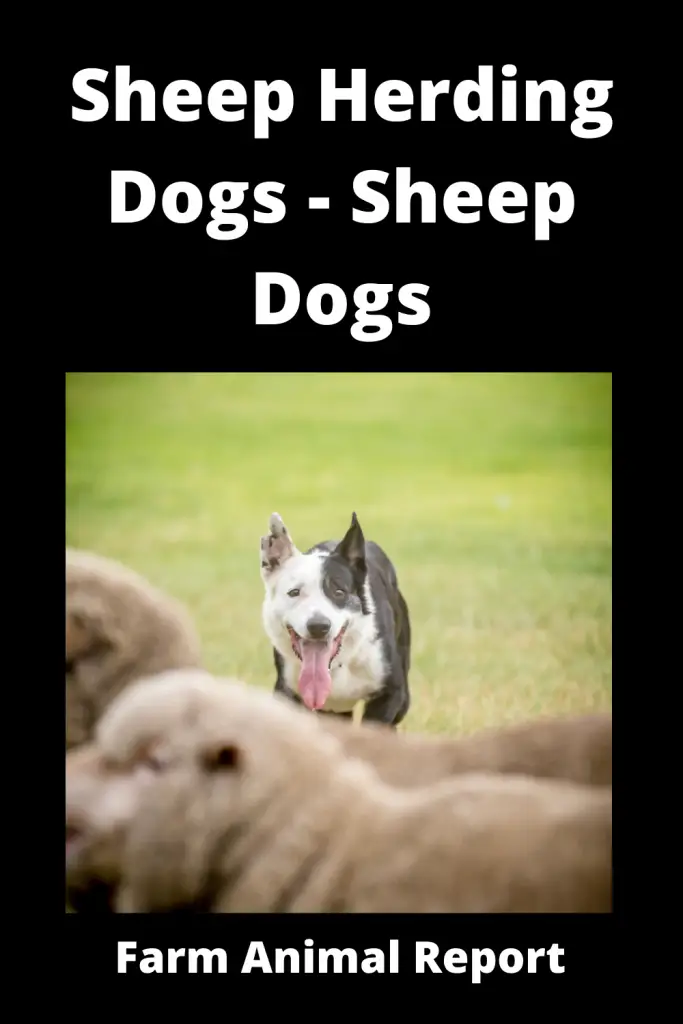
Time to Train
Use calm livestock that is used to being worked by dogs when bringing your young puppy to the farm. Because an older sheep or cow might test a young dog and make it scared, four to ten yearlings already “dog broken” are an excellent alternative.
Many trainers use a round pen with panels to prevent the stock from getting stuck in a corner, or they use a square enclosure with panels to block off the corners. Some folks labor in an open pasture with a mature dog on hand to herd the sheep back before the puppy chases them across the county line. Try to set up an area where you can have some control over both the dog and the cattle, wherever you chose to start.
If your canine companion shows any signs of wanting to run directly into the heart of your stock, you might want to connect a long, thin rope to its collar so you can lead it up to it in a controlled manner and direct it around it. When you see the dog circle your stock, let it go so you may snag the rope and grab him later if he gets into trouble or is close to collapsing from weariness but refuses to give up.
At first, don’t expect much from your dog. Don’t correct it; don’t say anything. Use a soothing, upbeat tone of speech. Make it enjoyable! You want to make those early classes as stress-free as possible while reinforcing the dog’s willingness to work.
Each dog matures and manages pressure at a different rate. If it displays fear or a lack of interest, is quickly distracted, or chases the stock indiscriminately, wait a few weeks before resuming training. (Note: If the young dog is eating sheep dung or going to the potty, it is most likely anxious.)
A dog that is ready to be trained should be able to circle the stock and respond to your body language instinctively. If you step in front of the dog while it rounds clockwise, it should change course and circle counterclockwise. All of the early lessons are based on the dog’s natural tendency to circle and react to the movement of both you and the stock. It should be enjoyable while also being beneficial. Dogs use their tails to indicate whether they’re serious or not. If their tails are up, they’re having fun. They think if their tails are down. When you see the pup’s tail go down, you’ll know it understands why it’s engaging with your livestock.
Young Sheep Dog Training
A young puppy is rapidly exhausted by the demands of training. If the dog shows signs of stress, tiredness, or inattention, you should end the session. That’s when it starts misbehaving and developing harmful habits. For the dog’s early training, short, pleasant lessons are excellent. Above all, exercise patience. Work on one ability at a time until it’s wholly mastered before moving on to the next. If your dog isn’t progressing as you’d want, it’s typically the trainer’s issue, not the dog’s!
Sheep Herding Dog Commands
Here are some of the most used sheep herding dog commands:
- Come-bye or just bye – move to the left of the stock or around them clockwise.
- Away to me, or merely a way, or way – go to the right of the stock, or clockwise around them.
- Stand-stop, though it can also signify “slow down” when stated gently.
- Wait, (lay) down, sit, or stay – come to a halt, but keep that touch on the stock…don’t let it go.
- Maintain a steady pace or take your time – slow down.
- Find – perform a stock search. Until the Shepherd arrives, a good dog will keep the stock safe. When the stock has been discovered, some will bark.
- Get out of the stock or back – When the dog is working too near the stock, the stock may become stressed. It’s sometimes used as a scolding.
- Keep away or keep – A direction and a distance from the sheep used by some handlers.
- Hold – keep the stock where it is.
- Bark or yell – yell at the stock. At the same time, extra power is required, though not always necessary when working with cattle and sheep.
A hand movement, a whistle, or a voice may be used to indicate these commands. There is a slew of other commands that can be used when working with stock or in general. The most common method of teaching herding dog commands is to use cattle. Herding games can be used to teach fundamental commands to city dwellers who do not have access to livestock.
Sheep Herding Dog Whistle
A shepherd’s whistle is a customized, modulatable, variable-pitch whistle used to train and communicate commands to a sheepdog. They are different from other whistles in that they are put within the mouth, and the sound is controlled by where the tongue is placed. Tin whistles, for example, are simple devices that can be used as musical instruments in their own right.
Who uses Working Sheepdogs?
Farmers usually use sheepdogs to herd their livestock (sheep, goat, cattle, buffalo). But nowadays, dog trainers also use sheepdogs to train them as working dogs or guard dogs due to their high intelligence level.
How to Herd Sheep without a Dog?
If you don’t have a herding dog, you can train the sheep to come when they hear a voice command or hear the feed bucket rattle. The majority of sheep will come when they believe they will be able to eat grain.
What Animals can Herding Dogs be used with?
Herding dogs can be used with any livestock animal, including sheep, goats, cattle, buffalo, pigs, llamas, alpacas, camel, donkeys, etc
Can Herding Dogs also be Family Pets?
Herding dogs are popular household pets. The Bearded Collie and Border Collie are well-known collie breeds, as are the Australian Kelpie and Australian Working Kelpie, and Welsh Corgis. They are excellent family dogs and are at their best when given a task to do. These canines were bred to be working dogs; therefore, they must be physically and cognitively active.
They retain their herding instincts and may nip or bump people’s heels in an attempt to ‘herd’ their family; they may need to be trained not to do so. They are great canine athletes due to their high activity level and intelligence.
Sheep Herding Dogs Competitions
There are numerous sheepdog competitions. The best among all is the Sheepdog trial.
Sheepdog trial:
A sheepdog trial (also known as a stock dog trial, herding event, or dog trial) is a spirited dog sport in which herding dogs follow their masters’ commands to move sheep around a field, fences, gates, or enclosures.
The first dog trials were placed at Wanaka, New Zealand, in 1867, followed by trails in Wanaka, Waitangi, and Te Aka in 1868, Wanaka in 1869, and Haldon Station in the Mackenzie Country in 1870. According to the local paper in Young, NSW, dog trials have a long history in Australia, with a kelpie named Brutus winning a sheepdog trial in 1871.
Other competitions include:
- Fetch
- Flank
- Drive
- Go-bye
- Come-bye
- Flight zones
- Way to me
- Outruns
- Pressure point etc
The sport of Herding has a distinct terminology that sets it apart from all other dog sports. Dogs are taught to respond to cues that tell them when to start moving livestock, in which direction to move them, when to stop driving them, when and how to move them into pens, and how to utilize their physical presence to pressure the stock to go without scaring them into running or stampeding. There’s filth, dust, livestock that can break bones and injure a body, and livestock poop to contend with. Herding teams, on the other hand, adore it all.
Final Thoughts
When gathering, holding, and transporting sheep, a well-trained herding dog can save a shepherd a lot of time and effort. A poorly trained herding dog, on the other hand, will cause more harm than good and put the sheep under a lot of stress. The predator-prey dynamic is exploited when herding dogs are used.
Many canine breeds have been used to herd sheep, but the Border Collie is the most common. They are typically medium-sized (28-55 pounds), though their size, color, and hair coat vary. Border Collies are intelligent and energetic dogs. They aren’t usually appropriate as (only) pets.


